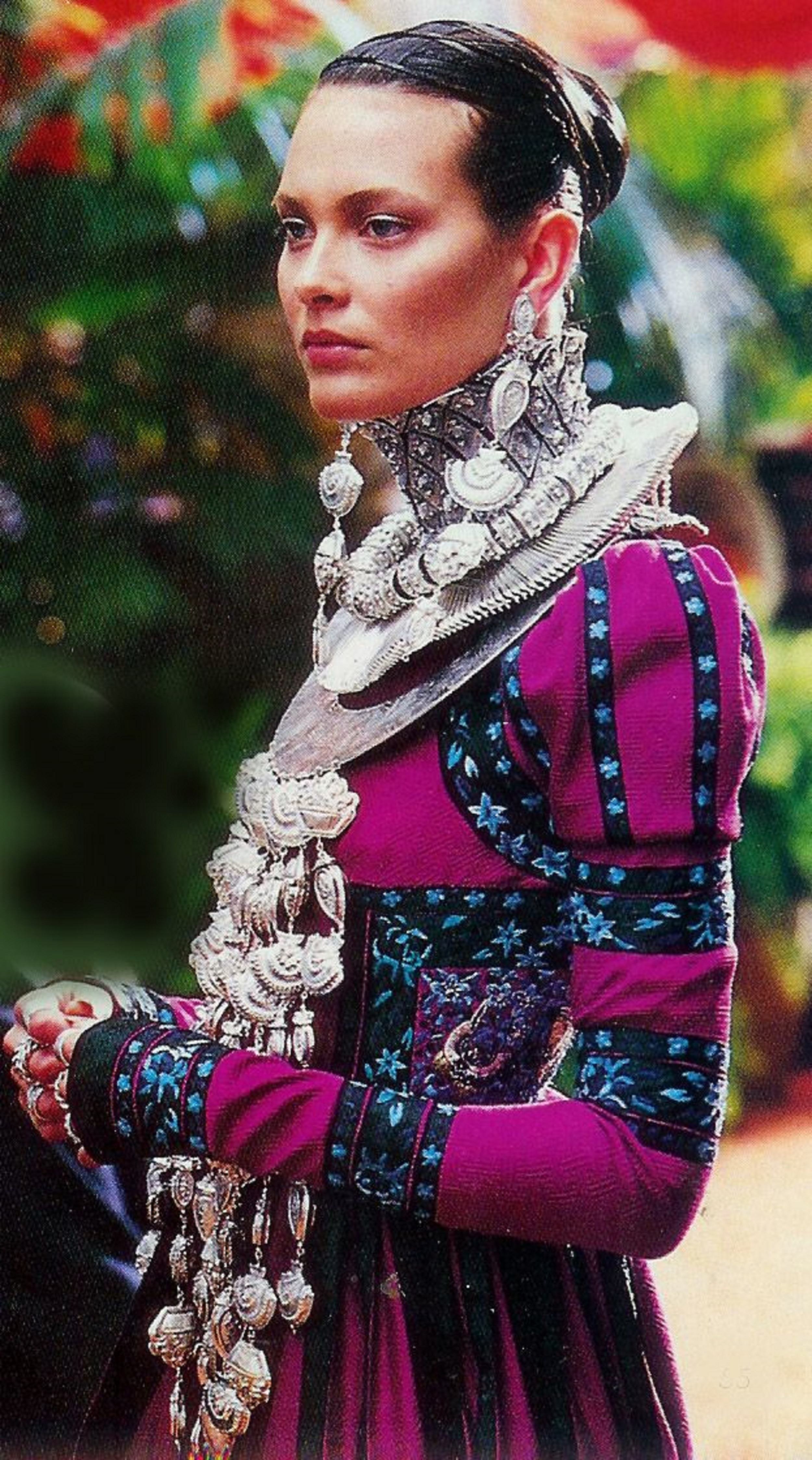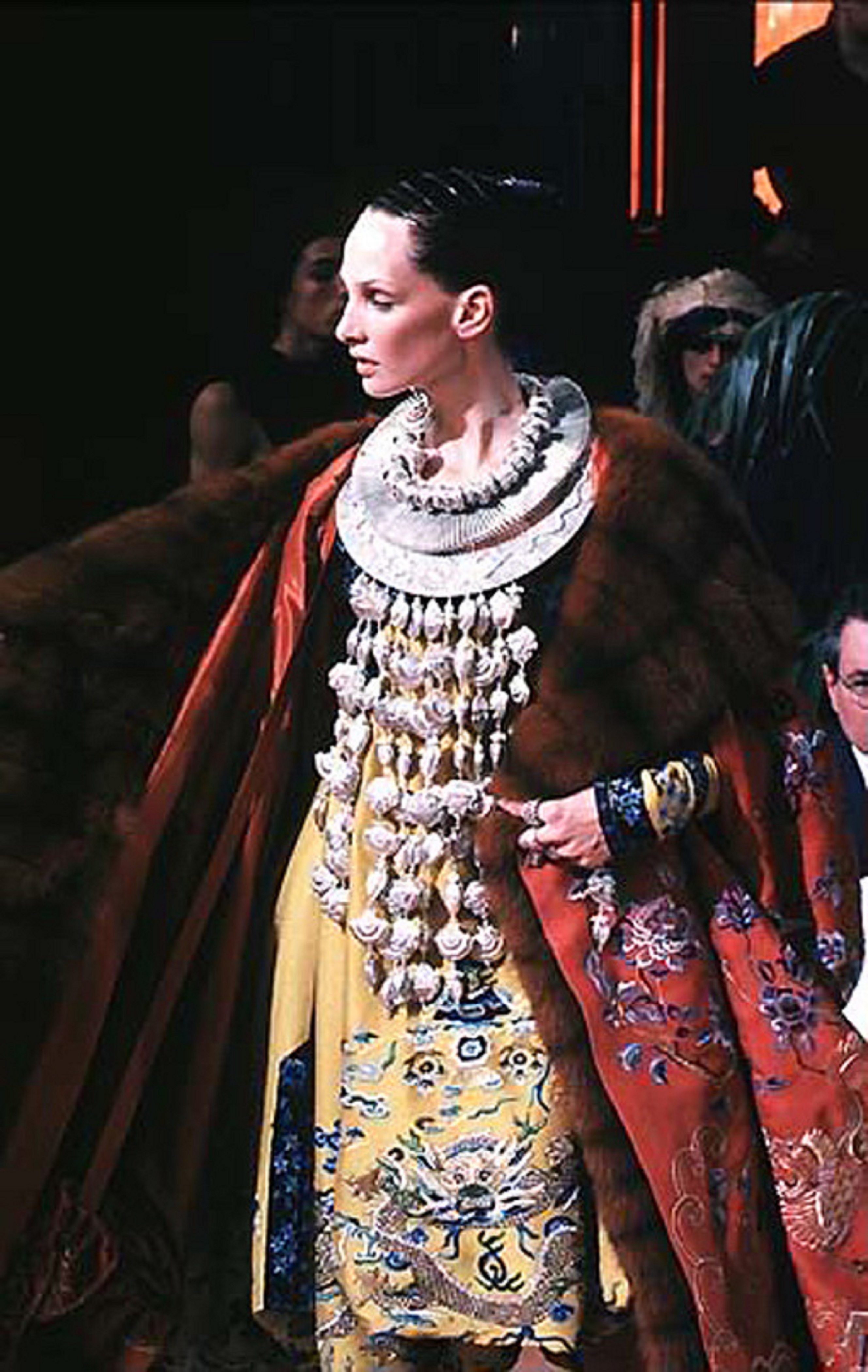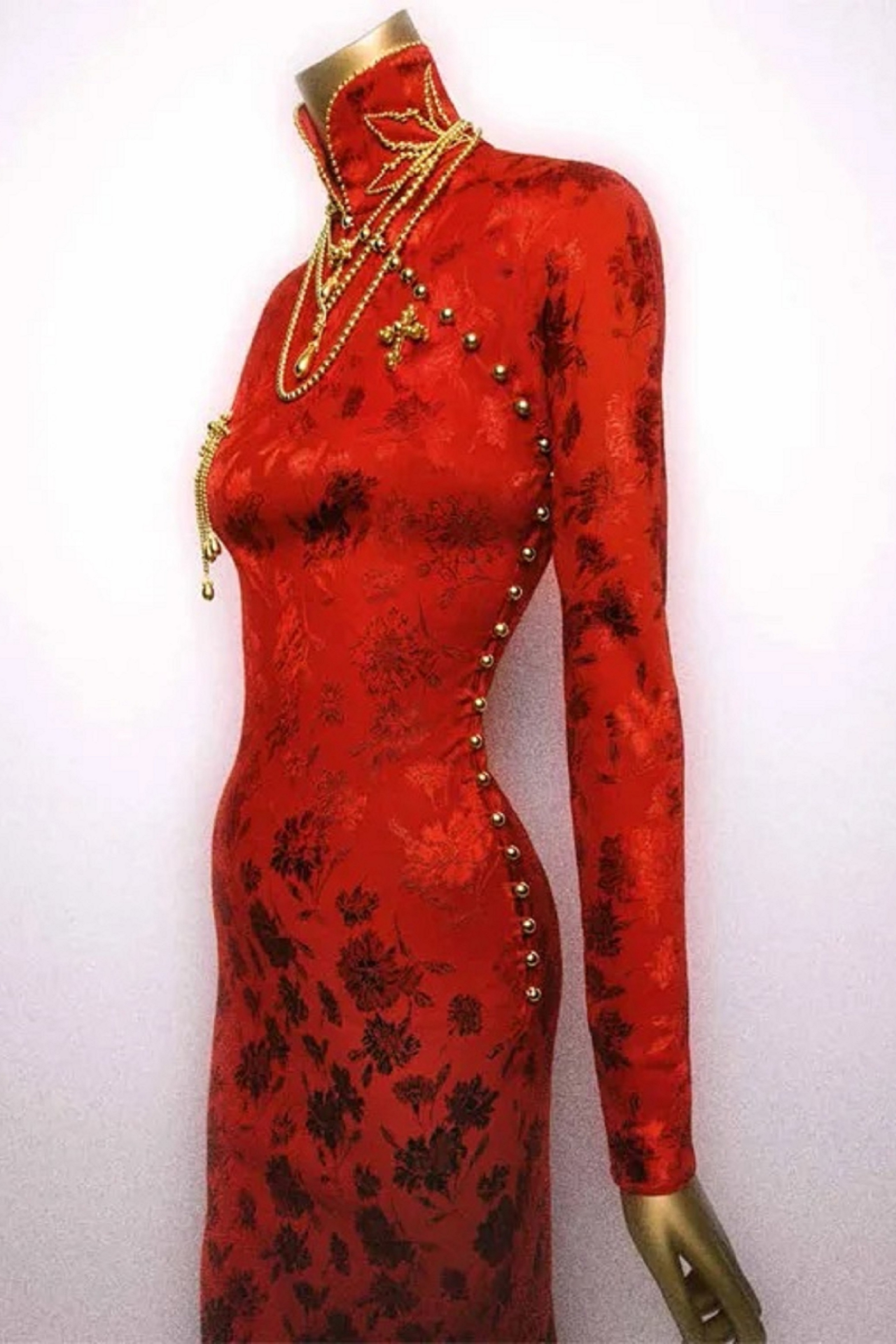The concept of Chinese beauty: a challenge for the luxury industry
Even though the perception of beauty is subjective, the importance of understanding its cultural distinctiveness is strategic to avoid slip-ups. Western luxury brands established in the Chinese market are facing the necessity of adapting their perception of beauty to local cultural norms. Our analysis.
What is beautiful? While the question remains with no correct answer, beauty has historically been related to the notion of social status. For the luxury industry, beauty is an essential component, considering luxury products are created with attention to detail relying on the design quality and the fabrication process. One of the objectives of luxury is to inspire desire and admiration, otherwise known as: selling dreams. Yet, the subjectiveness of beauty remains a challenge for luxury brands when it comes to internationalizing their image and products. Are the chosen aesthetics universal? With globalization, a large part of beauty criteria mainly influenced by the Hollywood movie industry have become standardized. But what about the variable part? Each culture has preserved standards and characters which symbolize beauty, and these stories and inspirations are shaped differently in the other end of the world.
In China, beauty is an important concept, which has much evolved with time. That which is taken for Chinese beauty criteria, such as slanted and almond-shaped eyes, or high and prominent cheekbones, are not necessarily perceived in the same way by locals. Western luxury brands often face criticism for their lack of comprehension when it comes to Chinese cultural and aesthetical norms.
S'inscrire
Newsletter
Soyez prévenu·e des dernières publications et analyses.
In 2018, the Italian fashion brand Dolce & Gabbana broadcast an advertising video for its #DGLovesChina campaign, showcasing a Chinese woman who tried to eat Italian food with chopsticks clumsily. The video was strongly criticized for its misrepresentation of Chinese people and was considered racist. The consequences of this scandal generated a call for boycott on social media, causing a significant drop of sales.
In 2021, the house Dior as well had to overcome a scandal regarding a picture taken by photographer Chen Man, showing a Chinese woman with dark eyes holding a Dior bag at an exhibition in Shanghai. The photo described as “terrifying” and “sinister” was considered as a “western cliché about China” and caused outrage in the country. The photographer was accused of conveying false perceptions of Asian beauty from Western brands and of “deforming Asian women”. Both Dolce & Gabbana and Dior had to apologize for their “ignorance” and the use of the “slanted eyes” cliché.
China is today one of the most important markets for luxury, whose influence is ever growing. It is therefore crucial for luxury brands to be well established there and to understand the local perception of beauty. But how? The scope of possibilities is very wide, considering Chinese culture is rich with 56 different communities. For general knowledge, the Han community which is a majority of 92% already allows a historic perspective on beauty.
The Four Beauties of ancient China
Indeed, China withholds iconic figures of feminine beauty, and one of the most famous is the “Four beauties of Ancient China” (“Si Da Mei Nv” in Chinese), which encompasses Xi Shi, Wang Zhaojun, Diaochan and Yang Yuhuan (better known under the name Yang Guifei). These four traditional Chinese beauties are women who have lived during different periods of history under the Han dynasty. Very present in literature, they are often mentioned as a source of inspiration for Chinese art. Each of them is famous for her physical beauty, having inspired many poems and paintings. However, the reason for their fame does not stop at their appearance. Symbols of femininity and seduction, they all had the capacity to influence the powerful of their time. They were all associated with political conflict and changes throughout history. Their beauty was virtuous, they embodied patriotism. Celebrated for their courage, their sacrifice, none of them abused their power nor acted under the influence of anger or spite. They were loyal, intelligent and had a strong moral sense. The tragical aspect of their story is still admired and continues to inspire young Chinese people. One then refers to the beauty of drama.
China possesses a rich and diverse culture and tradition, and Chinese consumers are proud of their cultural heritage. The Chinese Gen Z has a growing trend in honoring traditional values and showcasing the many Chinese ethnical groups. While many young people have adopted the beauty ideals and the fashion trends of the Western world, there is an increasing move towards reinterpretation of traditional aesthetics. The Hanfu movement for example, where one can see young Chinese people wearing traditional clothes in the streets and share photos and videos of these parades on social media. Another example is the Guochao trend, where the young generation implement traditional Chinese cultural elements in fashion and claims its desire to showcase this culture in fashion.





This trend is not new. The Spring / Summer collection of 1993 by John Galliano was inspired by the Chinese and American actress Anna May Wong, one of the first Asian stars in Hollywood, and had created several dresses based on the Chinese qipao. In 1998,the South of China minority ethnical group Miao (Miao Zu, the Miao People), was showcased on the catwalk with the Dior fall / winter haute couture collection. John Galliano had revealed in an interview with Mark Guiducci issued in Vogue that he had styled his dresses with “jewelry inspired by the Chinese Miao people”. Another specific characteristic are the headpieces and clothes of the Miao people which were nurtured by the history of China and know how to conservate popular styles of different dynasties. They are today the modern projections of the Chinese fashion history, and continue to be trendy, including in their colors and particularly recognizable shapes.
In the sector of beauty and cosmetics, one can also notice a trend in implementing Chinese traditional ingredients, like the use of ginseng, or goji berries. The traditional beauty practices such as the gua sha and facial care through acupuncture are gaining in popularity, not only among young Chinese consumers but also worldwide.
With the increasing interest of the Gen Z for the traditional aesthetical elements of Chinese culture, it could be interesting for luxury brands to integrate these elements, just like the Four Beauties of Ancient China, as the cultural meaning and timelessness of these stories which play in their favor.
Partager l'article
Continuez votre lecture
Ancient Chinese art: the great fortunes want more
Slightly on the sidelines of the record-breaking mega-sales that Christie’s organises periodically throughout the year, the one to be held in Paris on 13 and 14 December entitled “From Beijing to Versailles, the V.W.S. Collection: A Family’s Odyssey in the 20th Century” promises to attract the great Chinese fortunes that are finally back in Europe.
Fashion: From runways to the screen and now onstage
Fashion designers have appeared as the protagonists of several movies and series over the past two decades, and even more so in the last few years. In 2023, their stories advance from the screen to the stage.
S'inscrire
Newsletter
Soyez prévenu·e des dernières publications et analyses.